We Were Here
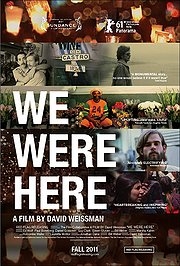
In many ways, We Were Here is a conversation long overdue. In the thirty years since AIDS first devastated gay communities throughout the US, cinema has had a fractured history with the topic. Hollywood has often been accused of being in the “Celluloid Closet” regarding AIDS, taking years to document the crisis. Although films like Philadelphia dealt with the issue as gracefully as possible, the film skirted around the homosexuality of Tom Hanks’ character, famously not allowing a kiss between him and his co-star Antonio Banderas. For many, the AIDS epidemic of the eighties and nineties is still shrouded in mystery. We Were Here delivers the long-awaited cinematic sucker punch that the issue deserves, doing so with such poise that the film becomes a celebration of compassion rather than a eulogy.
We Were Here focuses on the lives of five individuals living in San Francisco before and during the AIDS epidemic. The documentary is astoundingly simple, made up almost entirely of the five interviewees telling the camera their experience with the disease. The beauty of the film lies in its unwillingness to define each subject by their subject matter. The film introduces the audience to the interviewees with an unusual grace, opening on their individual tales of a thriving San Francisco during the 1970s. They chuckle through their experiences, portraying San Francisco as a homosexual haven in an otherwise intolerant America. “I moved to San Francisco because I always wanted to meet a nice blonde surfer,” laughs Paul, a successful artist living with HIV. The era is painted to as a Renaissance, both artistic and ideological. “San Francisco didn’t have a woman’s clinic. So me and a friend just… made one” says Leslie, seemingly puzzled at the ease of her own accomplishments “There were fewer restrictions in those days.”
The opening minutes recap this golden era, right up to the assassination of Harvey Milk in 1978. Almost a foreshadowing of the tragedy, the tone of the film grows gradually darker from here. What is initially referred to as “the gay cancer” soon becomes “the gay plague”. The rapidity of the disease’s spread was one of its most shocking factors, and thirty years later, the interviewees are still reeling in shock.
Here is where We Were Here goes from straight documentary to emotional study, as each participant uncovers wounds that will never completely heal. The scale of loss is almost incomprehensible, as the thousands that perished are tentatively remembered as partners, friends and family members. “After a while, you just stopped asking where people were. Rather than get into another conversation about the disease, you just accepted they were gone.” Guy, a prominent florist in San Francisco, recalls the flower business in a world of constant funerals. “They’d come into my store and say “My friend died yesterday and I can’t afford to buy him flowers. But I brought a vase. Can you please just fill the vase?” And I wouldn’t even think about it, and fill the vase. I’ve never thought about that until just now.”
We Were Here takes us through each level of the AIDS crises, from America’s stringently political reaction to the epidemic to the involvement and compassion of the San Francisco homosexual community and other political bodies throughout the country. As each participant chokes back tears attempting to re-tell the crisis that eternally unhinged their lives, the importance of the film hangs heavy. We Were Here is irrefutably a must-see, utilizing its subjects and its own simplicity with an immeasurable grace.

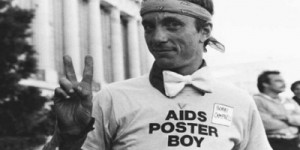
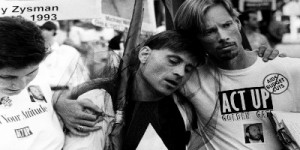
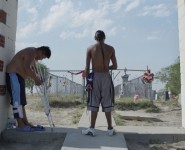
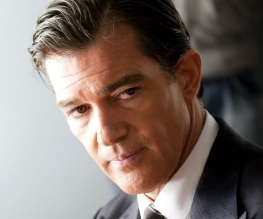
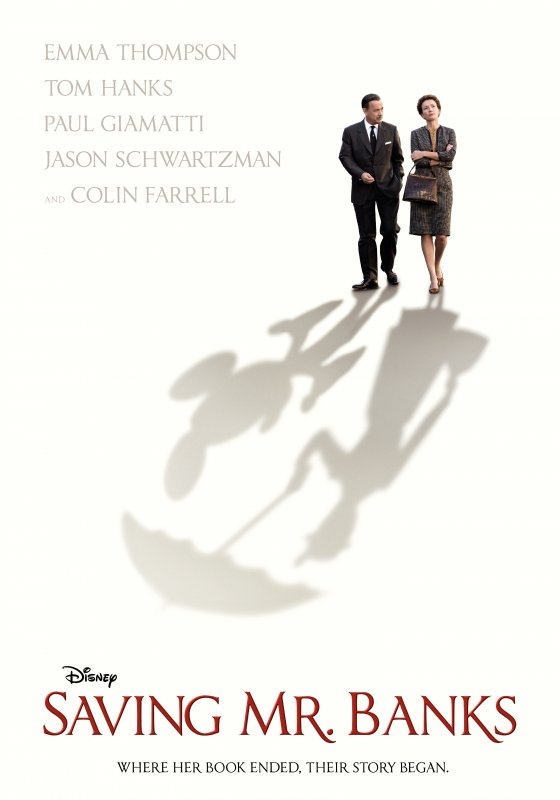
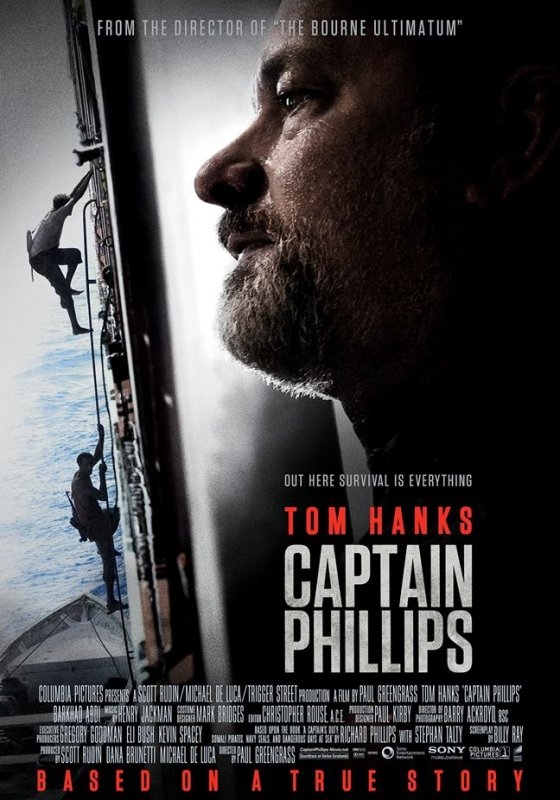
Recent Comments